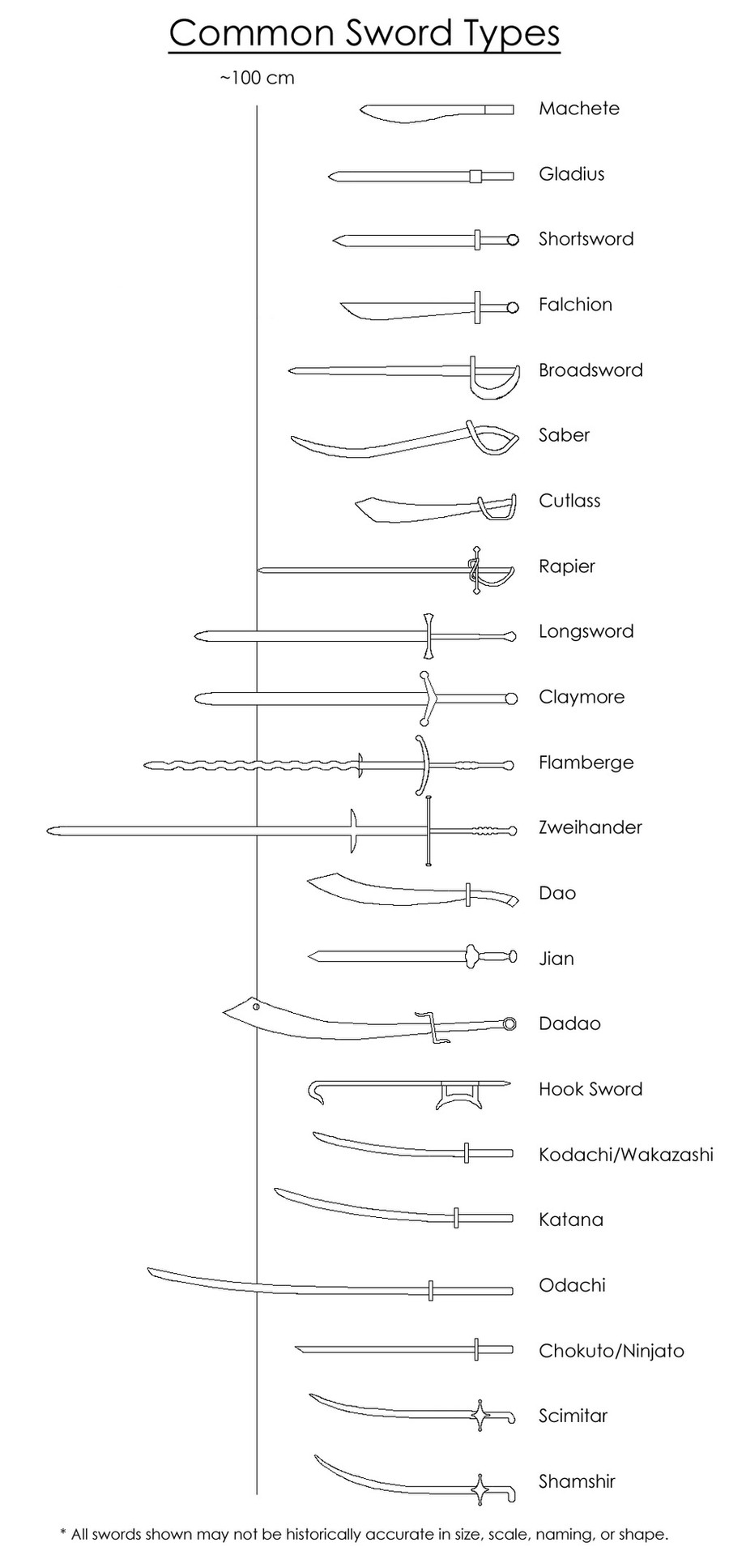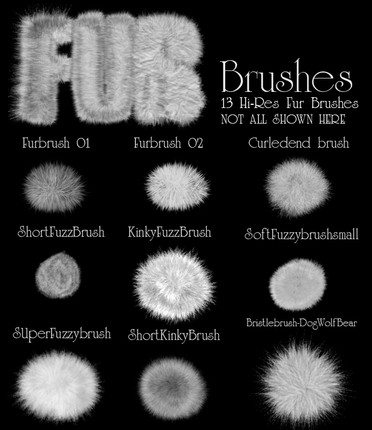HOME | DD
 The-8-Elements — Common Sword Types
The-8-Elements — Common Sword Types

Published: 2012-03-17 04:44:14 +0000 UTC; Views: 70059; Favourites: 1374; Downloads: 891
Redirect to original
Description
Using Wikipedia and my own knowledge, I created this guide for swords. There are multiple variations for each sword (e.g. rapiers may have different hilt styles), however, I should have captured the essence of each sword type in this guide.There are a lot of older swords that I left off the guide (Ancient Rome and such) since I could not quite categorize them under a certain sword type. If there are any swords I left out, or if there are any inaccuracies, please feel free to point them out and I may add them in a future update.
Related content
Comments: 58

I finally looked this up in Wikipedia. It looks to be more of a bladed club than sword. I will need to conduct more research...
👍: 0 ⏩: 0

First thing: You are mixing historical names, names used in weapon studies and names used in common language. They sometimes overlap, sometimes they don't.
Second thing: You are sometimes using general names for types of weapons without specyfing date, which is really important. Sabre is a general term for variety of weapons you even included, yet you illustrated it as some atypical blade fitted with handle of somewhat XIX century like.
Third thing: Wrong handle-blade proportions, for example with longsword and zweihander.
Fourth thing: Blade geometry is of these is somewhat strange. Yet again, it's hard to think of TYPICAL blade through span of thousands of years.
Fifth: not taking length differences in same types of weapons into consideration.
My advices:
1. Choose a solid naming convention based on some archeolgical studies. You can then throw in some historical ones, but never without correlation to types in scientific description. Of course, IMO naming standards in english are bad and I prefer German and Polish classifications.
2. Divide it into groups - either by region or types.
3. Add short description to each one - region, date, etc.
4. Always choose typical ones to make representation. If you want to portray some type, choose the ones that appear most often.
5. Use average handle/blade length, then you may add minimum and maxium to show the range of overall weapon length.
That's for beggining. If you have any questions, do ask.
👍: 0 ⏩: 1

Totally correct. I think this is more of a general reference for artists who aren't really into the whole by-the-book sword classification stuff to begin with, though. Also, their broadsword is clearly a basket-hilt, and not a typical broadsword, defined by earlier periods' cross-hilt styles. Not to mention the "ninjato" does not actually exist, as stated by many masters in surviving ninpo schools (ex: Masaaki Hatsumi, headmaster of the Bujinkan Federation).
👍: 0 ⏩: 1

Indeed. My doodle is more quick reference for sword types. I believe it should be a decent starting point for anyone who wishes to do more research into swords.
I would like to make a historically accurate graphic with swords from all over the world and as far back as ancient Rome. However, I do not have the expertise to do such a project justice. Hopefully people like you guys can offer some help (just message me directly). Any links, pictures, books, and other reference materials you can provide me will be much appreciated. Otherwise, I will have to base my next update off of swords as depicted in pop-culture.
👍: 0 ⏩: 0
<= Prev |




























